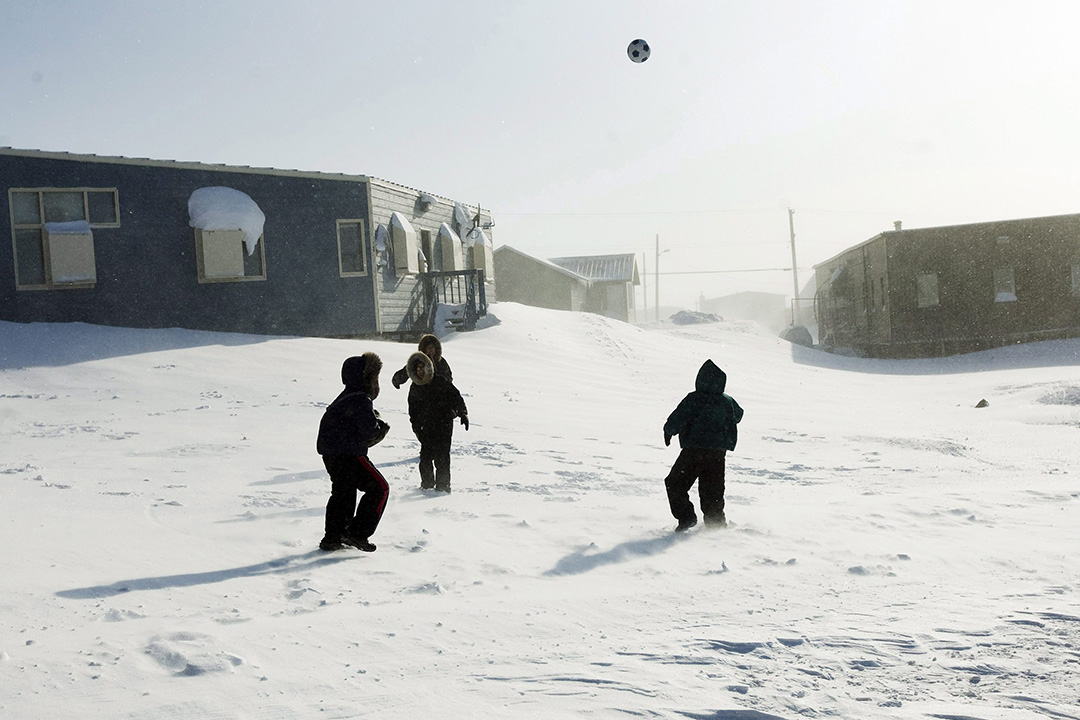
Children with arthritis lack vitamin D
A new study points to a clear link between childhood arthritis and abnormally low levels of vitamin D, especially in northern countries.
By ALAN ROSENBERG, HASSAN VATANPARAST, AND SARAH FINCHIn an analysis of global research, we recently found that children with the most frequent type of arthritis, juvenile idiopathic arthritis (JIA), have abnormally low vitamin D blood levels. We also found that those living in northern countries, such as Canada and northern European regions, are more likely to have low vitamin D levels and associated active disease.
In Canada, arthritis is among the most common chronic diseases of childhood. An estimated three in 1,000 Canadian children (more than 20,000 in total) have arthritis. The prevalence of childhood arthritis varies throughout the world.
Geographical differences in the frequency of childhood arthritis might relate to genetic, ethnic, environmental and lifestyle influences. The cause of arthritis in children is unknown, but the interaction of genetic and environmental factors is believed to be important.
Vitamin D is vital for bone health and is essential for regulating the body’s immune and inflammatory functions. The body’s level of vitamin D is also influenced by genetic factors, skin tone and clothing that affect the skin’s exposure to sunlight, and dietary intake of vitamin D.
Environmental variations in exposure to ultraviolet B radiation (UVB) from sunlight, which is necessary for activating vitamin D in the body, is affected by the latitude and season.
Kids in northern countries fare worst
Our team reviewed 38 studies from around the world. We found that in 84 per cent of them, vitamin D levels in children with JIA were lower than recommended.
Vitamin D status also followed a north-south geographical gradient — with those residing in northern latitudes having abnormally low vitamin D levels.
The analysis also showed a correlation between vitamin D status and arthritis activity as those children with lower vitamin D levels had more active arthritis.
Information from the existing literature indicates that determining vitamin D status in children with arthritis is important. Children with arthritis who live in northern regions, in Canada and globally, may be vulnerable to vitamin D deficiency especially during the winter months.
We can ensure that children have proper levels of vitamin D through careful sun exposure, eating foods rich in vitamin D (such as fatty fish like salmon and tuna, eggs, beef, liver and fortified dairy products and cereals) and taking supplements when necessary.
Indigenous children at risk
The primary source of vitamin D is that produced in the skin after exposure to sunlight. Above 33 degrees north (the latitude of San Diego in the United States), UVB radiation is not intense enough for skin synthesis of vitamin D all year long.
At latitudes between 42 degrees (the latitude of the Oregon/California border) and 53 degrees north (the latitude of Fort McMurray in Canada), between October to April, UVB radiation is not intense enough for vitamin D synthesis.
Indigenous populations in northern Canada are especially at risk for vitamin D deficiency because of limited sun exposure due to geography and limited access to foods rich in vitamin D.
Low vitamin D levels might partly explain the prevalence and severity of childhood arthritis in certain Canadian northern communities.
This research suggest that a comprehensive management plan for children with JIA should include ensuring optimal levels of vitamin D, through some combination of sensible sunshine exposure, diet and supplements when required.

